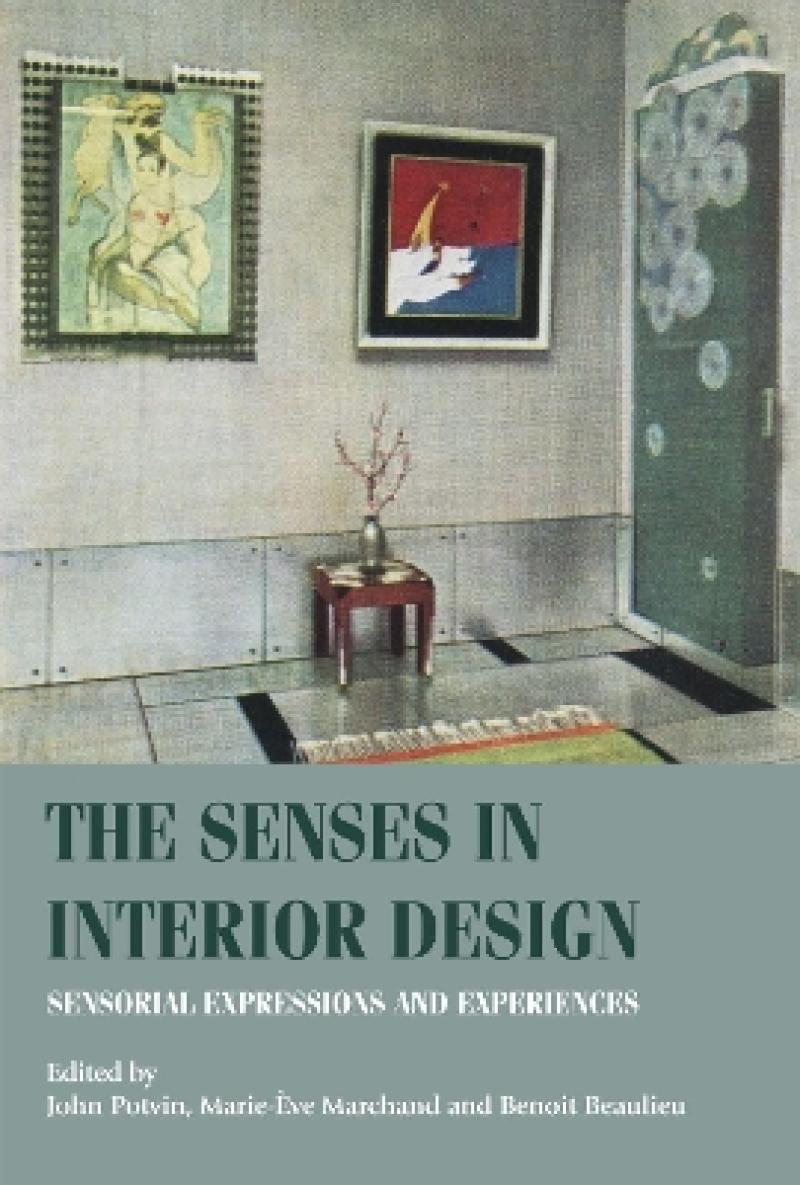Introduction: sensorial interactions: interior design through the five senses – Marie-Ève Marchand
Part I: Sensory politics
1 Heated bodies: fireplaces and the senses in the early modern Italian domestic interior – Erin J. Campbell
2 Sensitive design: Robert de Montesquiou’s sensorial installations and its condemnation – Benoit Beaulieu
3 Re-assessing Pierre Legrain’s ‘Black Deco’: sensual luxury, primitivism and the French bourgeois interior – John Potvin
4 ‘Brother and I in bed’: queer photography at home in New York, 1925–35 – Alice T. Friedman
5 Conquering the home front: Nazi propaganda and sensory experiences in the German domestic interior 1933–45 – Serena Newmark
Part II: Aesthetic entanglements
6 Into the sensorium: scenes from the dressing room – Louisa Iarocci
7 Site-reading: placing the piano in middle-class homes, 1890–1930 – Michael Windover and James Deaville
8 The Herrenzimmer: masculinity, the senses and interior design in turn-of-twentieth-century Germany – Änne Söll
9 Hands at home? Textures, tactility and touch in interior design – Grace Lees-Maffei
Part III: Sensual economies
10 Forging foam at the 1925 Paris Exhibition – Claire I. R. O’Mahony
11 The stimulating atmosphere of the English public house, c. 1945–75 – Fiona Fisher
12 Interiorising the senses – David Howes
13 Sensorial worlds and atmospheric scenes in Terence Conran’s The House Book – Ben Highmore
14 Aesop’s sensory experience – D. J. Huppatz
Index
Decorators and designers have long experimented with materials, objects and technologies to enhance sensory awareness and wellbeing. But existing histories of interior design rarely feature any discussion of the senses. This volume offers a corrective, exploring how sight, touch, smell, hearing and taste have been mobilized within various forms of interior.
Grouped into three thematic clusters, exploring sensory politics, aesthetic entanglements and sensual economies, the chapters in this volume shed light on sensory expressions and experiences of interior design throughout history. They examine domestic and public interiors from the late-sixteenth century to the present day, giving back the body its central role in the understanding and use of interiors.
Drawing from fields including design history, design studies and sensory studies, The senses in interior design explores fundamental questions about identities, social structures and politics that reveal the significance of the senses in all aspects of interior design and decoration.
Produktdetaljer
Biografisk notat
John Potvin is a Professor of Art History at Concordia University
Marie-Ève Marchand is an Affiliate Assistant Professor of Art History at Concordia University
Benoit Beaulieu is a PhD Candidate in Art History at Concordia University
